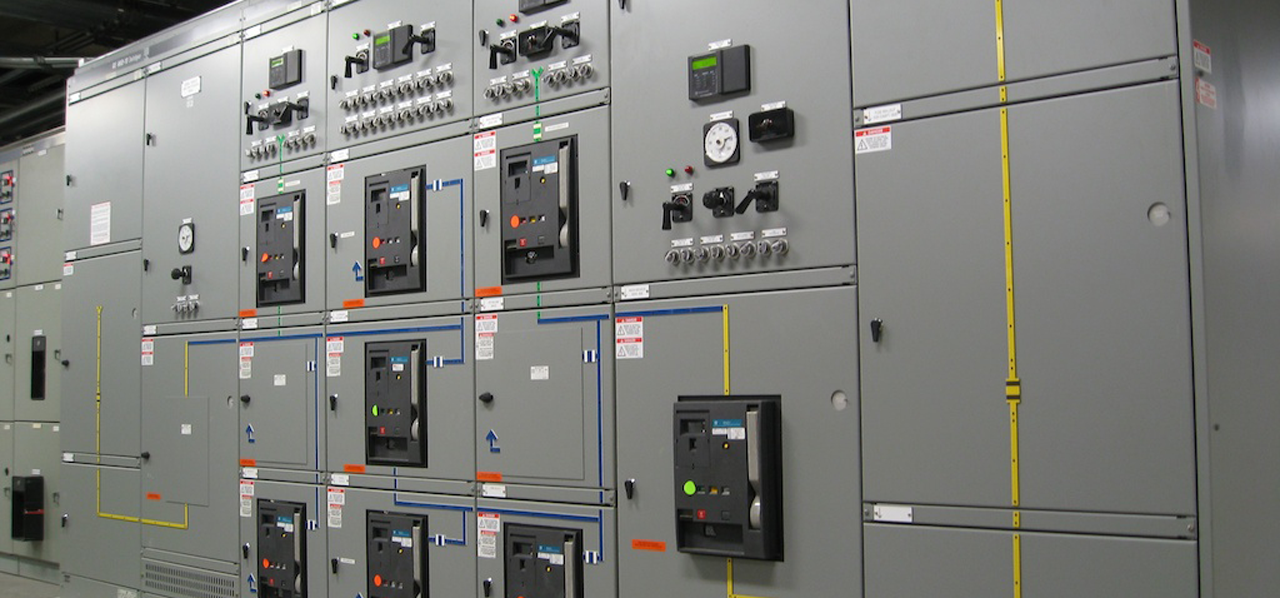Switchgear forms the backbone of any power distribution system. Without proper switchgear in place, reliable delivery of electricity cannot be achieved.
What is Switchgear?
Switchgear can be defined as electrical disconnecting and isolating equipment intended to control, protect and isolate sections of electrical generation, transmission, and distribution systems. Switchgear consists of circuit breakers, disconnect switches, grounding switches, relays and other devices. Essentially, switchgear allows different sections of the power system to be isolated from one another for maintenance or repair work.
Types of Switchgear
There exist several different types of switchgear based on their configuration, components and applications. Some of the major types are:
- Air Insulated Switchgear (AIS): AIS is the most basic and commonly used type of switchgear. Components in AIS like circuit breakers, busbars etc are installed in cubicles and air is used as the insulating medium. AIS is suitable for medium voltage applications up to 415kV.
- Gas Insulated Switchgear (GIS): GIS finds application in medium and high voltage systems ranging from 72.5kV to 800kV. Unlike AIS, components in GIS are enclosed in a sealed insulating gas like SF6 which provides compactness. GIS has advantages of smaller footprint and is suitable for aggressive environments.
- Hybrid Switchgear: Hybrid switchgear combines advantages of AIS and GIS by using air insulation for some components and gas insulation for others. This provides flexibility and reduces costs compared to fully GIS systems.
- Vacuum Circuit Breaker Switchgear: Uses vacuum interrupters instead of air or insulation gas. Provides higher reliability than air and GIS at higher voltages ranging 220kV-800kV. Requires less maintenance and has longer life.
Components of Switchgear
The key components that make up Switchgear include:
- Circuit Breakers: Used to open and close circuits and protect system during faults.
- Busbars: Conductors that connect incoming and outgoing feeders to allow power flow. Made of copper or aluminum.
- Current Transformers: Step down high currents for metering and protection relaying.
- Potential Transformers: Step down high voltages for protection relaying and metering.
- Protection Relays: Detect faults using inputs from CTs/PTs and trigger tripping of circuit breakers.
- Disconnect Switches: Used for isolation during maintenance without interrupting supply.
- Load Break Switches: Connect and disconnect loads from busbars while carrying load current.
Explore more information on this topic, Please visit -
https://www.marketwebjournal.com/switchgear-market-size-and-trends-analysis/
Explore more trending article related this topic -
https://coolbio.org/emergence-of-online-clothing-rental-market/



